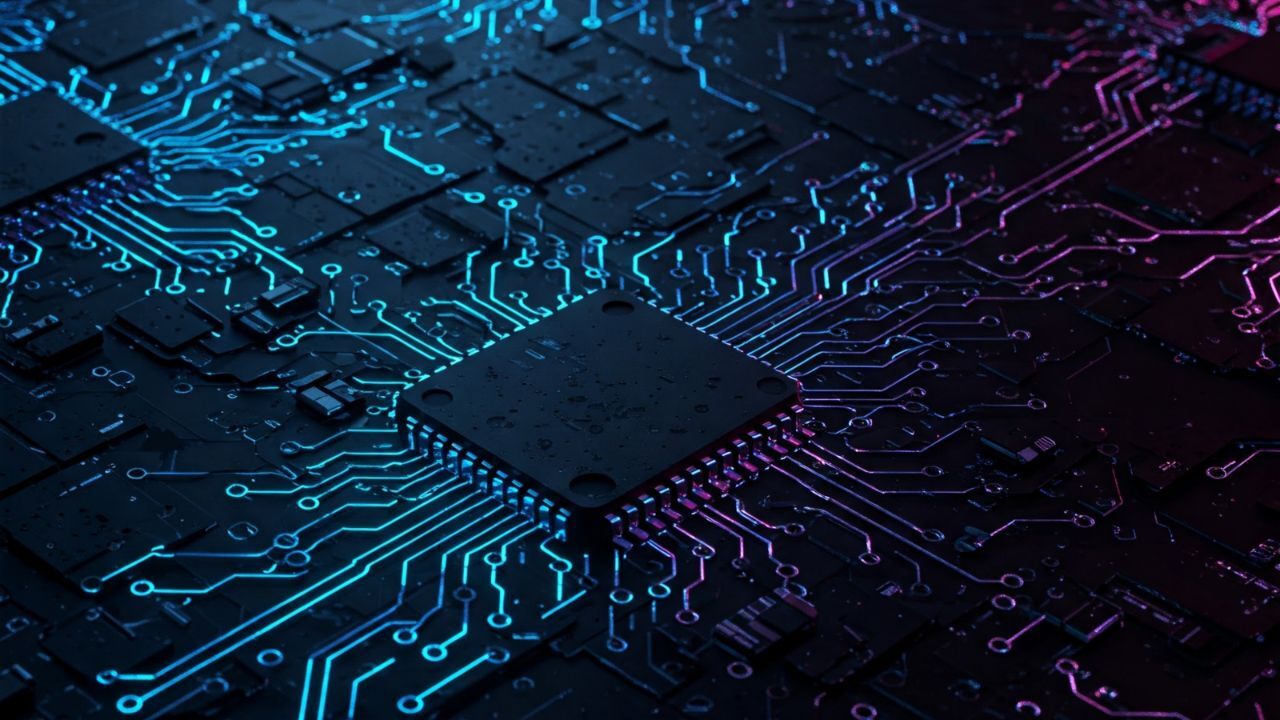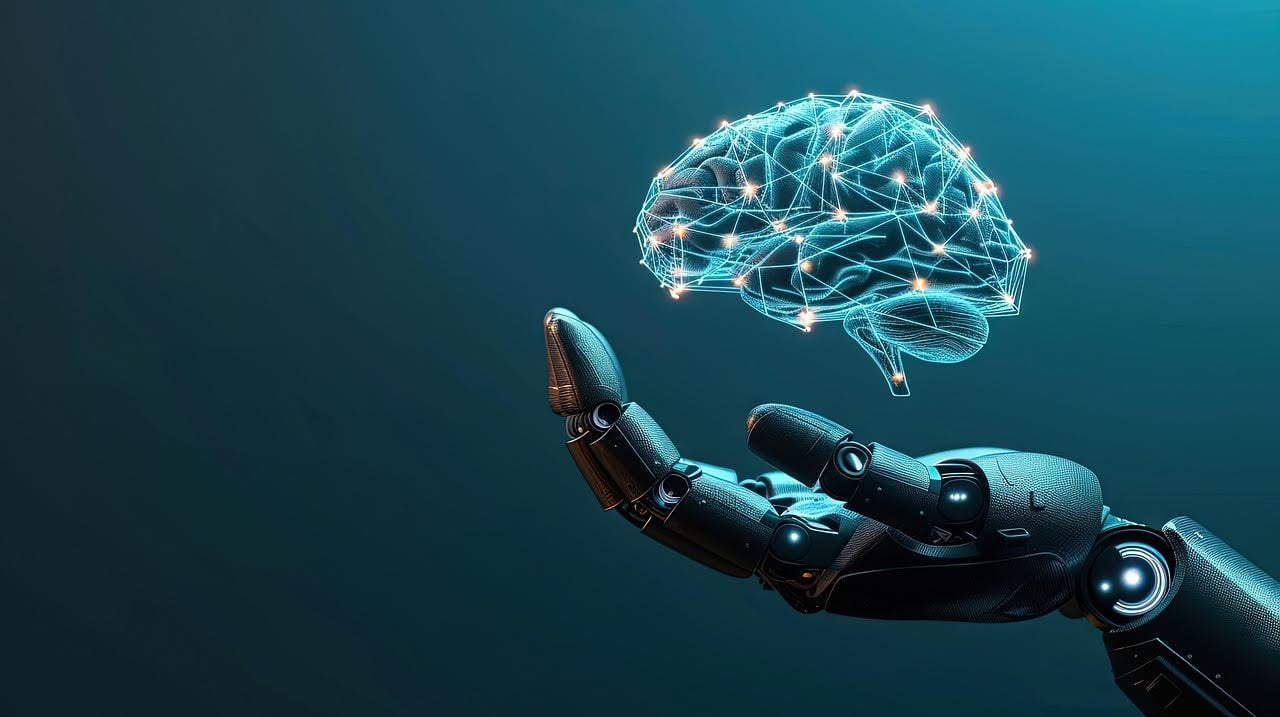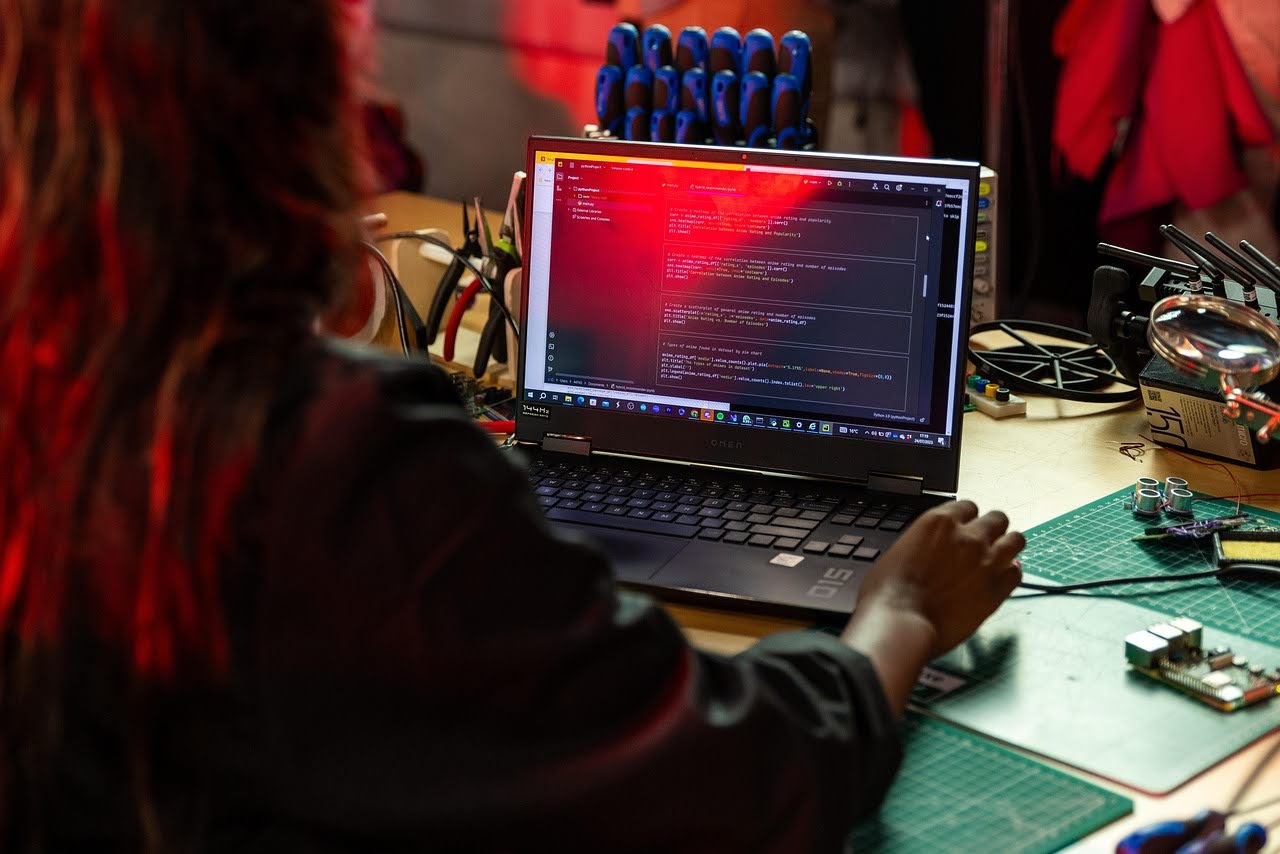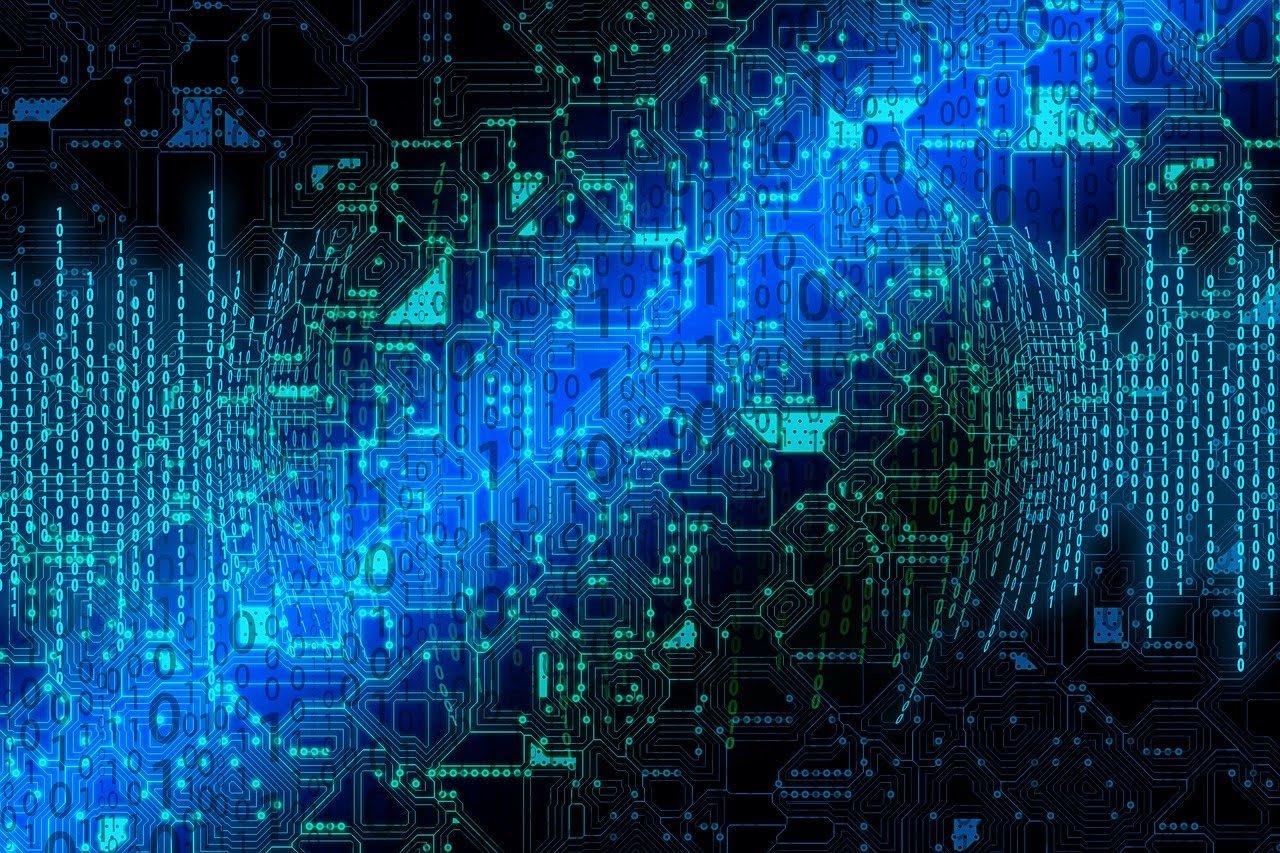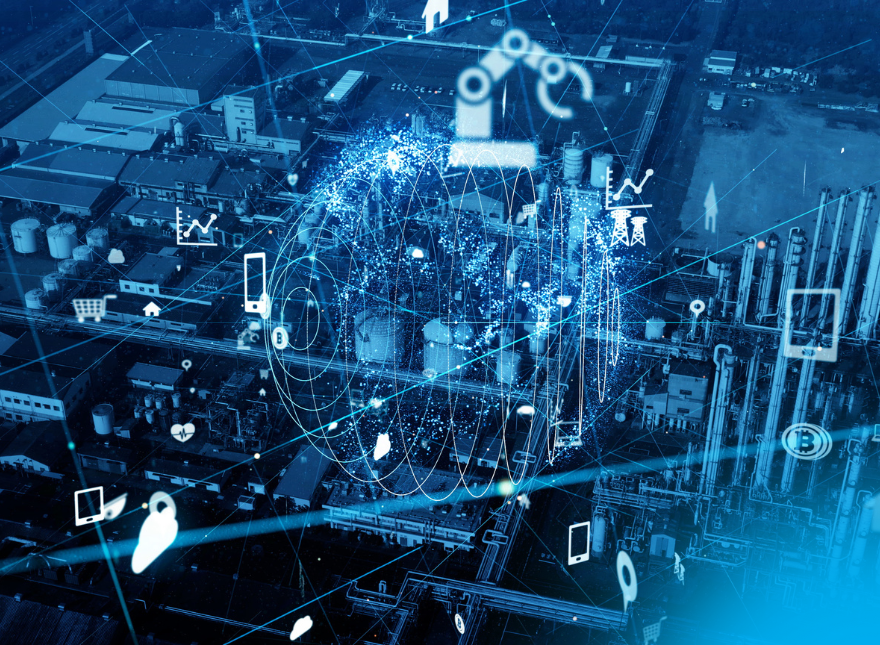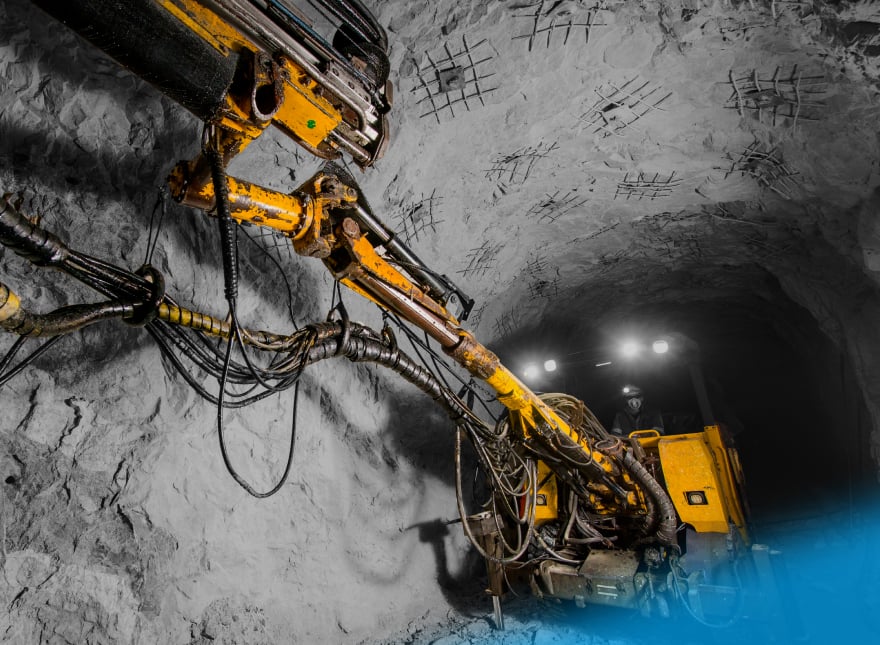Check out our latest blog article: From component to enterprise – modular robotics done right.
Artificial Intelligence of Things: How AI Helps Businesses Make the Most of IoT Deployments
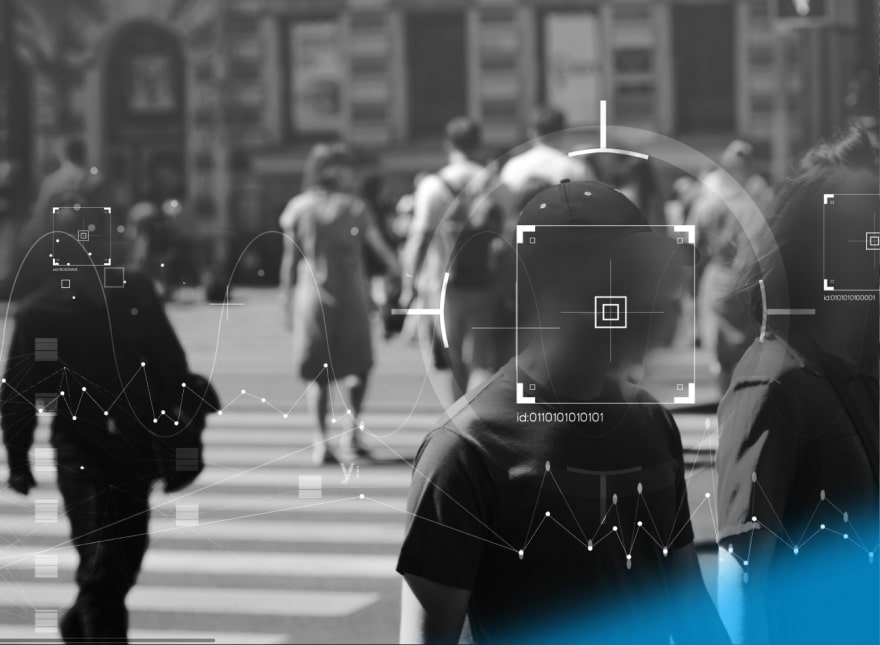
According to Gartner, the number of enterprise IoT endpoints could reach 5.8 billion units by the end of this year (up from 4.8 billion in 2019). All these devices produce terabytes of data that could help businesses discover and eliminate inefficiencies in their workflows. Yet 73% of enterprise data goes unused for analytics.
Most companies fail to collect and process data coming from IoT devices because of the excessive amount of that data, obsolete or unreliable data acquisition tools, and flawed data analytics practices.
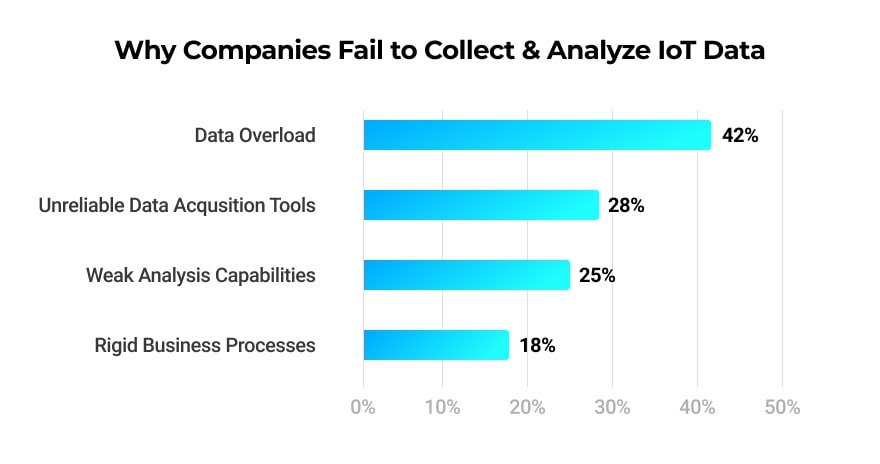
With the introduction of edge computing and cloud platforms with AI capabilities, businesses get an opportunity to uncover additional insights in IoT data that would otherwise get lost, and thus drive more value from existing IoT deployments.
Here’s what you need to know about the Artificial Intelligence of Things (AIoT)—a powerful combination of connected devices and intelligent data processing algorithms.
Understanding the Artificial Intelligence of Things
The Internet of Things (IoT) is a multi-level system where devices and non-electronic objects collect telemetry data using sensors. The things then transmit the data to the cloud over wireless communication protocols.
Artificial Intelligence (AI) is an umbrella term that describes miscellaneous IT systems where algorithms interpret information and make smart predictions.
When we merge AI with IoT, we get connected devices that gather, analyze, and act on sensor data with little to no human involvement, and adapt to the current environment around them.
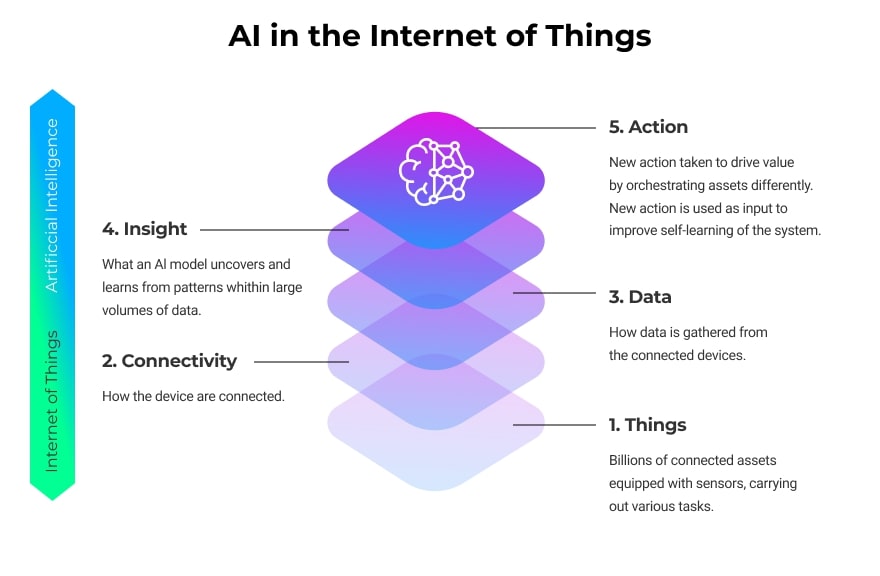
The Artificial Intelligence of Things exists in two forms:
- Data analytics platforms, such as Microsoft Azure IoT, Amazon AWS IoT, and PTC ThingWorx. These platforms allow IoT developers to set up a complete infrastructure supporting cyber-physical systems' logic and merge them with AI services via APIs.
- Intelligent edge devices like surveillance cameras and autonomous vehicles. Such devices incorporate powerful processors that filter out the so-called status data, process critical data locally, and bulk-upload sensor readings to the cloud at present intervals.
Choosing an AIoT implementation strategy depends on the gadget’s performance requirements.
An IoT gateway that captures information from soil moisture sensors, for example, doesn’t have to relay data to the cloud every minute. On the contrary, a smart heart monitor cannot possibly wait for a command from the cloud server to realize that a patient’s condition is deteriorating; instead, the gadget needs to make instant decisions based on real-time heart rate data.
Until recently, the CPUs capable of performing data analysis closer to the network's edge were scarce. But the chip industry has made an enormous step forward and is now cutting down CPU costs while maintaining their high performance. The only issue hardware manufacturers have yet to solve is CPU versatility. The Artificial Intelligence of Things solutions may vary in forms and applications, and therefore have different performance requirements. To deploy AIoT solutions at scale, we need integrated circuits that support multiple combinations of computing tasks, including AI-driven data analysis, digital signal processing, and remote device control among others.
Why AI is the Internet of Things’ Missing Element
- In 2019, IoT Analytics published a comprehensive overview of the IoT startup landscape. Seven out of ten companies that topped the IoT startup list specialize in AI, data science, and analytics.
- 70% of companies that use Artificial Intelligence obtain AI capabilities through cloud platforms—and that’s where IoT data dwells anyway.
- Thanks to 5G rollouts, the number of IoT devices could reach 41 billion units by 2027 (up from just 8 billion in 2019).
- Compared to traditional business intelligence (BI) tools, AI algorithms make operational predictions 20 times faster and with greater accuracy.
In the IoT context, the value of Artificial Intelligence lies in its ability to quickly parse and discern insights from mountains of data that has been previously reviewed by humans.
How AIoT is Changing the World around Us
- Voice assistants. Operating devices via voice commands is the most natural form of human-machine interaction. To integrate natural language processing (NLP) capabilities into IoT systems, developers use pre-trained AI services like Siri, Google Assistant, and Alexa. In terms of device interoperability, the latter is clearly winning the voice assistant race. Last year, Amazon added Alexa Voice Service (AVS) to the AWS IoT Core platform, thus enabling developers to create voice interfaces for any connected device regardless of its form, size, and processing power. Besides consumer electronics, voice assistants are gradually infiltrating industrial equipment and driver assistance systems.
- Security systems. Before AIoT, CCTV cameras had been passive, meaning security officers had to watch live footage 24/7 to prevent accidents and deter crime. By teaching Machine Learning models to recognize objects and humans in video data, IT companies take this burden off state agencies, businesses, and property owners. Some examples of AI-based security systems include the Ella video platform, which processes video data obtained from IC Realtime security cameras, smart video doorbells that use face recognition to identify homeowners, and surveillance drones monitoring the US-Mexico border.
- Automated inspection solutions. Speaking of drones, it is estimated that 60% of the total drone market revenue comes from enterprises—in particular, manufacturing, construction, and energy companies. The industrial sector uses drones to automate equipment and infrastructure checkups in remote and hazardous locations, thus reducing inspection costs by up to 50%. Advanced drone models rely on Computer Vision (CV), which is a form of Artificial Intelligence, to maneuver around objects and detect equipment failures. Companies further implement AI-driven image analysis tools to review and annotate photos taken by inspection drones. With this data, it is possible to create more accurate Machine Learning models and boost drones’ cognitive abilities.
- Self-driving vehicles. Self-driving cars are a primary example of AIoT solutions where smart algorithms interpret real-time data coming from in-vehicle cameras, lidar and radar sensors, and cloud services. Although we’re still a few years away from fully autonomous vehicles that can navigate their way from one point to another, Artificial Intelligence is finding a home in advanced driver assistance systems (ADASs). AI’s scope of application here ranges from reducing the fish-eye effect in videos recorded by onboard cameras to monitoring driver behavior.
- Predictive equipment maintenance. Across heavy industries like industrial manufacturing and oil and gas, an hour of unplanned equipment downtime may cost up to $260,000. AI-based Predictive Maintenance systems help companies boil raw industrial sensor data down to actionable insights and predict equipment failures. According to Deloitte, Predictive Maintenance solutions could reduce overall equipment maintenance costs by 5-10% while boosting equipment availability by 10-20%.
- Remote patient monitoring (RPM) solutions. Amid the COVID-19 pandemic, more healthcare providers are turning to technology to free up space for critically ill patients, protect hospital staff from the coronavirus, and keep operational expenses down. Besides telehealth systems, which could become a $175 billion market in 2026, it is AI-powered heart rate monitors, oximeters, medication trackers, and fall detection systems that help physicians accomplish these goals. By feeding patient data to AI algorithms deployed in the cloud or directly on a device, the AIoT solutions can flag health incidents before they occur.
IoT Merely Connects “Dumb” Devices to the Internet; It is AI that Gives Them Brains
Without a mobile app, there’s no way you could view your body composition data from a Bluetooth smart scale. Alexa is good at shuffling playlists on Spotify; if you need to book a flight though, you’d better double-check the information from a PC or smartphone.
The Internet of Things and Artificial Intelligence are a perfect example of technologies that complement each other.
When combined, they help businesses maximize ROI on their IoT investments in multiple ways because they can:
- Automate time-consuming tasks that were previously carried out by humans
- Detect inefficiencies in their workflows
- Monitor equipment performance to prevent failures
- Improve employee safety
- And increase profitability by up to 38%
By 2022, 80% of enterprise IoT deployments will have an AI component. If you’re thinking of developing an IoT solution today, make sure it works with AI. In case you’re training a custom Machine Learning model, think about how it could benefit from IoT data and connectivity.
More articles on the topic
